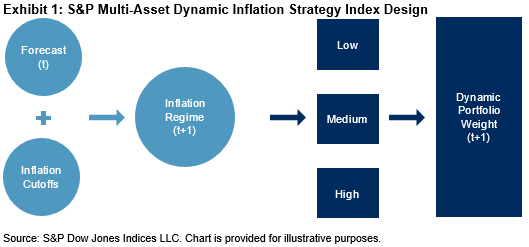On Aug. 10, 2021, the US Senate approved the much-debated Infrastructure Bill, a cornerstone of President Joe Biden’s agenda. The bill overall is worth over $1 trillion. Yet the impact on the digital asset community, while small from a dollar perspective, may be equally outsized. It is estimated that the bill will increase tax revenue collected from digital asset investors by $28 billion, not by raising tax rates or creating new taxes but rather by applying new information reporting requirements on participants in the digital asset industry.
Generally, under Section 6045 rules, those falling under the definition of a “broker” are required to issue a Form 1099 to report gross proceeds on a transaction-by-transaction basis together with their customers’ names, social security numbers, and other relevant information. The bill expands the definition of a broker to include “any person… effectuating transfers of digital assets, including any decentralized exchange (DEX) or peer-to-peer marketplace.”
This development could have a significant impact on many participants in the digital asset ecosystem, particularly within decentralized finance (DeFi), and would likely put a strain on the entire sector.
Complying with Section 6045 information reporting requirements may not prove possible for many DeFi participants as they have no visibility to the parties sending or receiving digital assets. The approved bill’s language has an extensive net, potentially covering miners, services that stake digital assets, node operators, validators, smart contracts, open source developers, hardware and software wallet manufacturers, DAO token holders, and others. This also touches individual investors who are either:
-
- Buying or selling crypto from other individuals
- Trading crypto for crypto through a crypto exchange (or equivalent) as crypto/crypto trades are simply two transfers occurring at the same time that a broker or dealer facilitates, most often through the use of technology, or through a DEX, where there may not be an institution or any entity at all and only technology facilitating an exchange between individuals
This would effectively require affected individuals to report at the level of institutions. Transactional reporting is easily done by traditional financial institutions, where it is clear who the broker is (for example, an entity like fund manager) and who the customers are (for example, investors in fund manager’s funds).
The issue was recognized by a number of Senators, including Senators Wyden, Toomey, and Lummis, who advocated revising the language to clearly exclude miners, hardware and software wallets providers, and limit the reporting obligations to the parties who can actually report (for example, crypto exchanges).
However, the narrowed scope was determined to reduce the projected revenue by approximately $5.17 billion. Despite Senator Portman tweeting that an agreement was reached on “an amendment to clarify IRS reporting rules for crypto transactions without curbing innovation or imposing information reporting requirements on stakers, miners, or other non-brokers,” the language remained in the originally proposed form.
If the bill becomes law without narrowing down the definition of a broker it may result in overly broad application of the information reporting rules by the IRS, in turn resulting in the outflow of talent and innovation overseas as venues owned and administered by foreign persons are out of reach of US reporting rules. This could materially limit the economic benefits of the digital asset industry in the United States compared to the global economy. Since most cryptocurrencies themselves are borderless, this may not impact cryptocurrency indices overall, but rather it could affect which projects grow in the US versus ex-US.
Because the Treasury and the IRS are yet to issue any formal guidance on the taxation of digital assets, it is not unreasonable to expect at least 18-24 months of preparation time before the new rules come into effect. Currently, the law is expected to be implemented in 2023.
Tracking the performance of a selection of cryptocurrencies, including Bitcoin and Ethereum, the S&P Cryptocurrency Indices are designed to bring transparency to this evolving, unique asset class. You can learn more about S&P DJI’s digital asset solutions here.
Disclaimer:
The views and opinions of any third-party author are his/her own and may not necessarily represent the views or opinions of S&P Dow Jones Indices or any of its affiliates.
The posts on this blog are opinions, not advice. Please read our Disclaimers.

















































